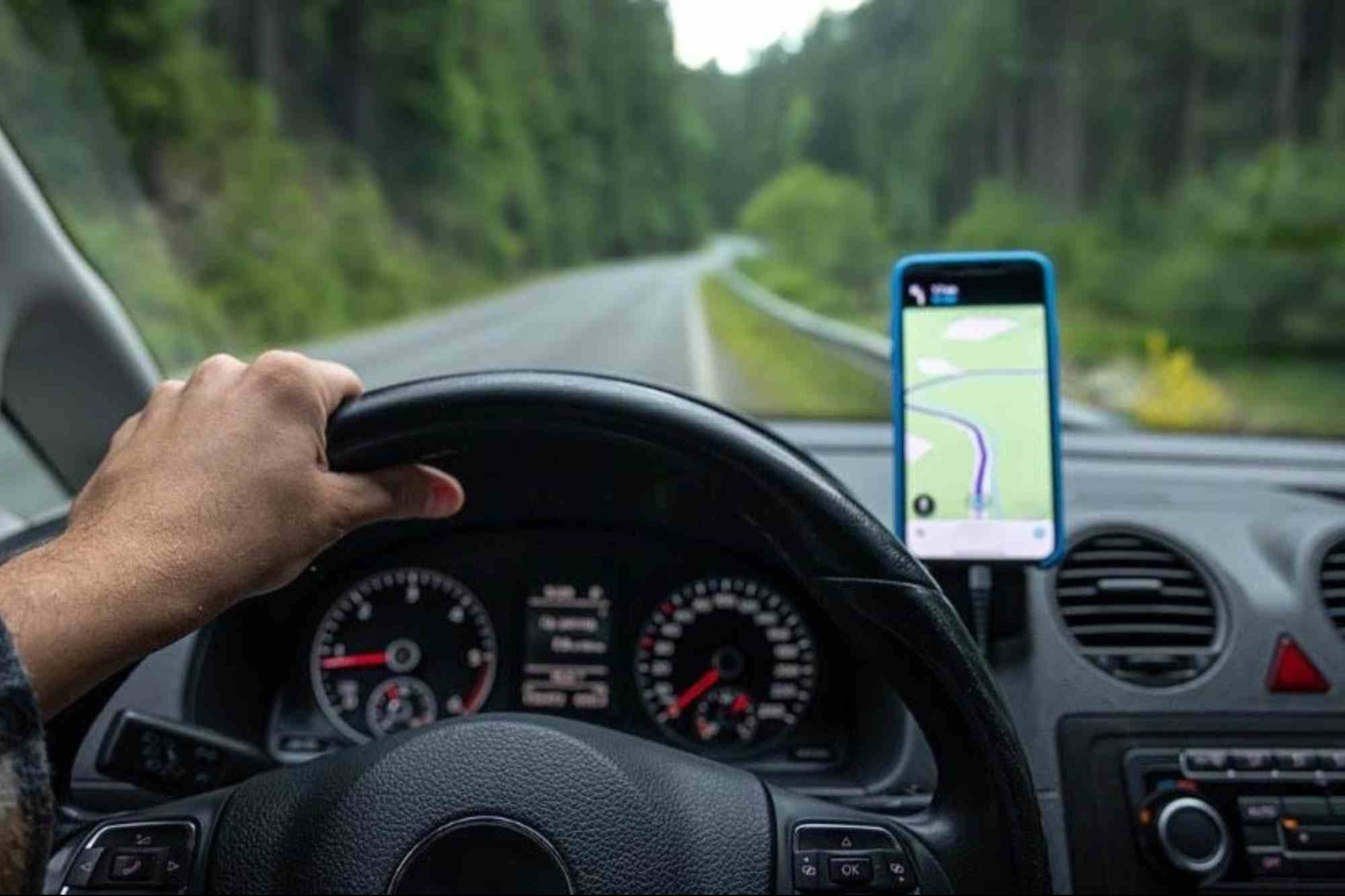
Opinions expressed by Entrepreneur contributors are their own.
You’re reading Entrepreneur Asia Pacific, an international franchise of Entrepreneur Media.
Although they were once deemed a futuristic fantasy, fully connected vehicles are now rapidly approaching thanks to constant advancements in automotive technology.
This goal of turning cars into smart, interconnected devices that interface with the digital elements surrounding everyone daily results from the collaboration between vehicle manufacturers and the satellite industry. Powerful connectivity solutions like satellite communications and 5G are among the technologies that ensure vehicles can connect securely and usefully.
Methods of Developing Connected Cars
The concept of connected cars is currently set across various connectivity tiers to help improve user experience and vehicle functionality. Different users will have different connectivity needs, necessitating diverse connectivity options nested within an ecosystem housing 5G networks and satellite communications networks.
Including 5G technology here is essential because it provides high-speed, low-latency connections to support real-time applications and data-intensive services. However, 5 G’s problem is that its coverage is generally limited to urban areas and regions with dense network infrastructure.
To compensate, satellite communications offer much broader coverage, including rural areas and places otherwise too remote for 5G terrestrial networks to reach. In combining 5G with satellite, connected cars can stay that way regardless of where they go.
Maintaining connectivity is vital for automobile manufacturers since newer car features like emergency calls, vehicle diagnostics, vehicle software maintenance, remote support capabilities, and future compatibility require network redundancy.
Currently, most vehicle connectivity is limited to terrestrial communications, which consume thousands of terabytes of data daily. This data is primarily received and analyzed for BI analytics and improvements. By widening the network size, consumers can employ more user-oriented features like navigation, satellite calls, remote emergency support, and comprehensive infotainment systems.
The Car Manufacturers and Satellite Experts Leading the Way
Given the technological sophistication required to implement these plans, a combination of renowned car manufacturers and satellite experts in their respective industries has contributed much to the ongoing project.
On the automotive end of the project, notable manufacturers such as Tesla, Audi, BMW, and General Motors have all been instrumental in designing and integrating the technology needed to properly house and run the applications that will use wireless data to perform the tasks above.
When running the satellites needed to provide the data coverage for these vehicles, several companies work to address specific challenges through their unique strengths. These companies include Starlink, OneWeb, Kuiper by Amazon, Intelsat, and SES, each working toward different network segments on the ground and in space.
The space segment of the operation, also referred to as “satellite constellations,” includes multi-orbit service and low latency to facilitate multi-tier connectivity. Requirements for the segments on the ground, powered by antennae and modems deployed in vehicles, include low price per unit, low power consumption, data control, privacy control, and small unit size.
Satellite Companies and Their Contributions
Regarding specific contributions by each satellite company, SpaceX’s satellite branch, Starlink, is working toward providing internet coverage worldwide. These satellites can do so through its robust satellite constellation and high-speed internet service, though Starlink does have its drawbacks. Because it operates as a closed network, similar to Apple’s iOS ecosystem, it lacks interconnectivity with allied systems. Additionally, Starlink bears little relevance for other vehicle manufacturers because of its commercial ties to Tesla.
Conversely, OneWeb is more open to operating with other systems, as its open-network approach resembles Android’s. This increased flexibility facilitates greater communication and cooperation with ground systems and platforms.
The network’s dominant Low Earth Orbiting (LEO) satellite constellation offers extensive coverage. At the same time, its ground segment solutions are provided through many terminal manufacturers, including Kymeta, which don’t currently comply with the size and price requirements to be deployed in the automobile market. As such, partnerships are required to improve ground segment terminal antennas and modems to help them comply with automotive regulations.
Like Starlink, Amazon’s Kuiper project also aims to deploy a vast satellite constellation to deliver global internet coverage. Another similarity is that Kuiper operates as a closed network, limiting cross-platform compatibility. Amazon has also stated it will exclude 5G capabilities from its satellites, potentially hindering its appeal with vehicle manufacturers looking for more comprehensive connectivity solutions.
IntelStat, meanwhile, operates a GEO constellation and plans future MEO deployments. Its partnership with OneWeb and recent investments in hiSky, a newcomer to the market working toward improved land mobility and connected cars in the satellite sector, have made IntelStat a potential competitor for Starlink.
Given hiSky’s small size, low price, and low-energy terminal solution, IntelStat could eventually provide industrial Satcom services for OEM giant CNH Industries.
IntelStat’s multi-orbit strategy and investor access to hiSky’s dominant ground segment make the company a key player in the connected vehicles market. It offers a fully managed solution that meets space and ground requirements.
Finally, SES operates both GEO and MEO constellations. Similarly to OneWeb, SES provides services based on ground segment solutions and terminal manufacturers. With a history of emphasizing the enterprise market, SES must comply with OEM price requirements for its ground segment solutions to be deployed in the mass-market automobiles vertical.
One Step Closer to Achievement
With cooperation between vehicle manufacturers and the satellite industry, producing connected cars would prove easier and more fulfilling, but the consumer would be left with an inferior product. Fortunately, by combining 5G and satellite communications, both industries can prosper and create impressive connectivity solutions.
Every company on both sides of the partnership has contributed their talents to the process, though they have also encountered unique challenges.
Despite setbacks, the future of connected vehicles is not as distant as it once was and now lies just beyond the horizon, improving drivers’ lives worldwide.
